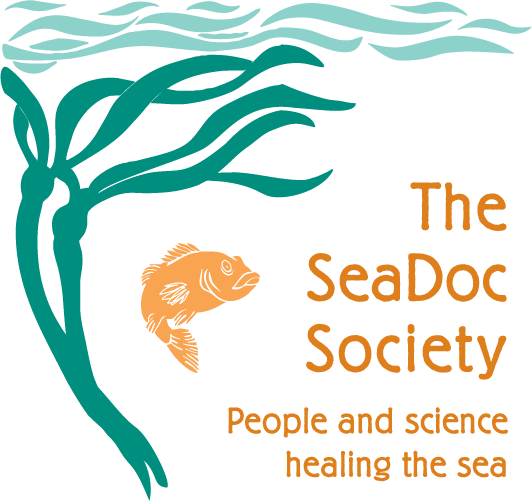We're excited to share that SeaDoc will fund four new research projects this year–all carefully reviewed and selected by our Scientific Advisory Committee and made possible thanks to SeaDoc Society donors.
In a moment when science funding is tenuous, we feel privileged to help make this important work possible. We hope you do, too.
SeaDoc strives to fund projects that meet the criteria most often associated with having a positive conservation impact, meaning this work won't simply produce papers, but ultimately change the way we understand and manage the Salish Sea. Two of the funded projects were part of our dedicated Tribal and First Nations grant program.
The projects range from a novel process for planting eelgrass, clam gardens as a tool to combat climate change, biological monitoring of Dungeness crab, and the relationship between acoustics and behavior in Southern Resident Killer Whales.



